
Applications in Telematic Infrastructure: All That’s Included in TI
The goal of the telematic infrastructure (TI) is to provide a secure digital network for all participants involved in medical care – including patients. Thanks to the telematic infrastructure, medical information can be exchanged without loss of time or data. In order to achieve this, a range of applications are available for different tasks.
Overview of TI applications
What is the patient’s medical history? Which medications are they taking? Are there any allergies or intolerances? Someone has all this information, but who? Currently, obtaining comprehensive medical information about patients can be time-consuming. Even general practitioners are often left uncertain. This is changing with the introduction of the telematic infrastructure (TI) to the healthcare sector: all relevant parties are digitally connected with each other. This ensures that all relevant health data is up to date and that the right decisions can be made.
The various TI applications interact with each other to enable the best possible communication and treatment. These include:
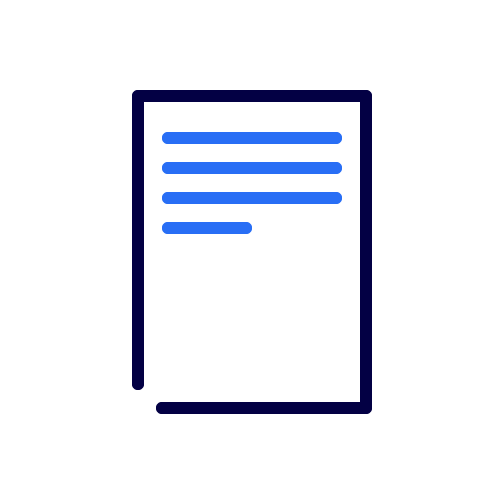
The Electronic Patient File (ePA)
The electronic patient file for all, or ePA for all, stores all of the patients' relevant medical data. Since the beginning of 2025, an ePA for all has automatically been created for all individuals with statutory health insurance – unless they have objected using the ‘opt-out’ option. Medical institutions are required to familiarise themselves with the functions and to integrate the ePA into their daily operations by 1 October 2025.The electronic patient file consolidates all important health data, such as doctor’s letters, medication information, and test results. Healthcare professionals can access the data of patients with statutory health insurance as part of their treatment without having to obtain their explicit consent. This allows for a rapid overview of the patient’s entire medical history and enables targeted, effective treatment.

KIM: Communication in Medicine
KIM: Communication in Medicine
Messages and documents in the healthcare sector are exchanged via email using KIM. Messages are transmitted within a secure network – the telematic infrastructure (TI). Only registered and authenticated TI users have access. The following documents, and more, can be exchanged:
- test results such as lab data or X-ray images
- eDoctor’s letters
- treatment and cost plans
- billing documents
- certificates of incapacity for work
TI users compose emails via KIM as usual, with or without attachments. Only those who are also registered in the TI can receive KIM emails.
Employees in healthcare institutions can send and receive KIM messages on behalf of their organisation using the SMC-B institutional or practice card or its variant HSM-B. Sending personal KIM messages requires an electronic health professional card (eHBA) or professional ID card (eBA).
Sent messages are transferred to the KIM client module, similar to an SMTP server, where they are encrypted and signed. The actual transmission of health data then takes place via the mail server, the KIM service. The client module decrypts the message so that recipients can view it in plain text.
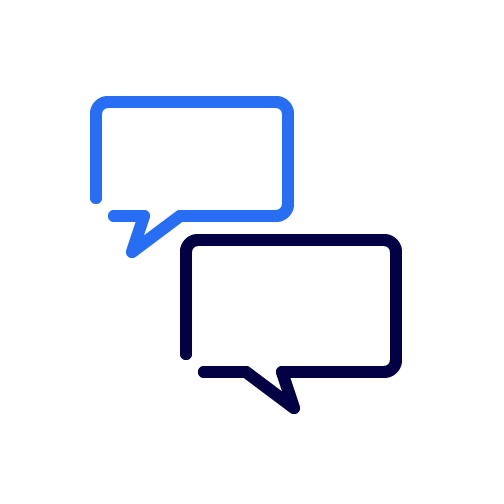
TI Messenger
As an alternative to email via KIM, the TI Messenger is currently being rolled out as a new standard. It enables instant messaging on smartphones, tablets and desktops. The TI Messenger is based on the Matrix protocol and ensures:
- interoperability across sectors and healthcare providers
- integrity due to its high out-of-the-box security level, and last but not least,
- end-to-end encryption.
The TI Messenger allows quick inquiries, for example regarding medication or lab results. Requests for callbacks can also be sent as text messages. Larger amounts of data can also be transmitted via the TI Messenger.
Gematik, the driving force behind the digitalisation of the healthcare system, has already certified several providers that meet the high security requirements for TI Messenger. In the first stage, healthcare providers are able to communicate with each other via TI Messenger. By the end of 2025, gematik also aims to integrate insured patients into the messaging system.
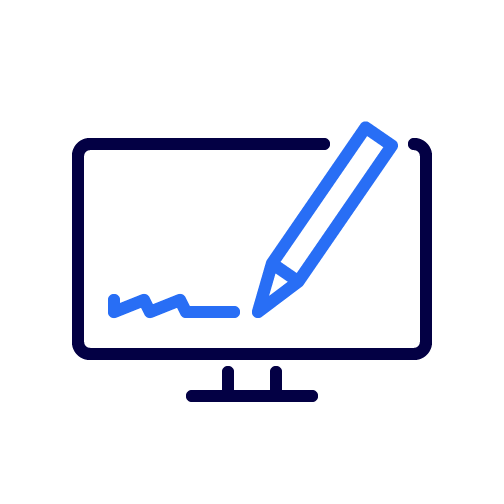
E-Prescriptions
Issued e-prescriptions are made digitally available via the telematic infrastructure. By inserting the patient’s electronic health card (eGK) into the eHealth card terminal, the pharmacist can see which medications have been prescribed and dispense them accordingly. Alternatively, e-prescriptions can be assigned and redeemed digitally at a pharmacy via an app, where patients can present the prescription code on their app. Paper? Unnecessary.
E-prescriptions are still also available to be printed out with a prescription code. Pharmacy staff then scan the prescription code and dispense the medication.

The Electronic Certificate of Incapacity for Work (eAU)
Paper-based sick notes are becoming rare and will soon disappear: they are now being issued digitally. Doctors send all certificates to the relevant health insurance providers via KIM through the telematic infrastructureThere, they can be retrieved by employers. The electronic certificate of incapacity for work
- contains the insured person’s name,
- distinguishes between initial and follow-up certificates,
- specifies the start and end dates of incapacity for work, and
- does not include the name of the doctor or the diagnosis.
Currently, private patients do not have access to the eAUand will continue to use the paper version.
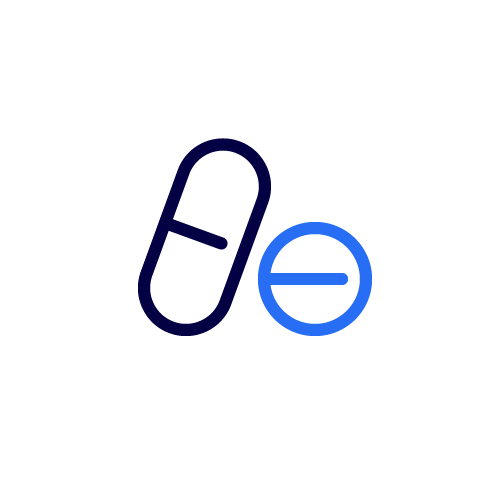
Electronic Medication Plan (eMP)
The Electronic Medication Plan, abbreviated as eMP, enables healthcare providers to gain more transparency regarding the medications a patient may be taking. It provides a structured overview of all current medications and contains important additional information to help avoid unwanted interactions, such as allergic reactions. By handing over their electronic health card (eGK), insured persons allow their treating doctors, dentists, psychotherapists, as well as clinics or pharmacies, to access their electronic medication plan.
The electronic medication plan is maintained at the patients requestand, in most cases, is created by the general practitioner. The standardised specifications for these data sets are provided by the telematic infrastructure.
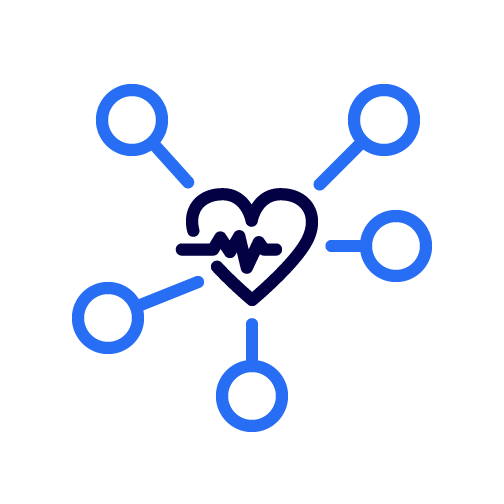
Emergency Data Management (NFDM)
Medical information that may be relevant in emergencies is stored directly on the electronic health card (eGK) through the emergency data management system. This is an optional service. Stored emergency data may include:
- diagnoses
- medications
- allergies & intolerances
- organ donor cards
- advance healthcare directives
- powers of attorney
- contact details & special notes
As with the electronic medication plan, the initial creation of the NFDM is usually carried out by the general practitioner. Here too, standardised TI templates also make it easier to create records for emergency data.

The Qualified Electronic Signature (QES)
Digital information must be just as trustworthy as paper documents. This is guaranteed by the qualified electronic signature. The QES, as the most secure form of digital signing, is legally equivalent to a handwritten signature and, in the healthcare sector, is always linked to the electronic health professional or professional ID card. Qualified electronic signatures are mandatory for e-doctor’s letters, the issuing of e-prescriptions or electronic certificates of incapacity for work (eAU), as well as for creating records for emergency data management (NFDM).
Each qualified electronic signature is bound to the corresponding TI identity, ensuring its security.
Want to make full use of the telematic infrastructure applications? Find out more on our target group pages!
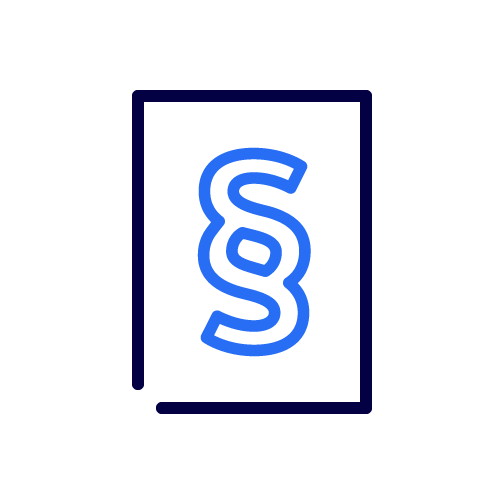
The ePrescription
This ePrescription will in future allow doctors to issue prescriptions electronically for allied health services and assistive technologies and transmit them directly to the statutory health insurer as well as to the patient’s electronic health card (eGK). This speeds up processes and billing for a wide range of healthcare providers, such as physiotherapists, medical supply stores, pharmacies, and manufacturers of assistive technology. The term “assistive technology” includes the likes of glasses and hearing aids, walking aids and wheelchairs, bandages, and orthopaedic shoes. Prescriptions for allied health services include, but are not limited to, prescriptions for physiotherapy, speech therapy, and podiatry.
The ePrescription for allied health and assistive technologies will be introduced in several stages. Initial implementation started in 2024 for orthopaedic aids. From January 2027, all allied health and assistive technologies, bandages, urine and blood test strips, medical devices, and nutritional products for enteral feeding will be covered, with social therapy to be included from July 2027.
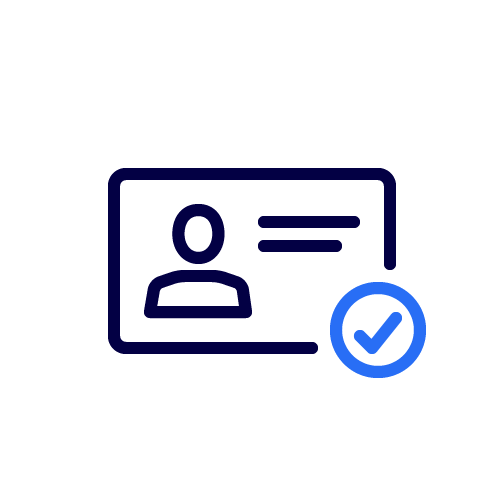
Insured Persons Master Data Management (VSDM)
The Insured Persons Master Data Management (VSDM) allows the patients basic data on their electronic health card (eGK) to be checked and updated online.Master data of insured persons includes:
- personal data such as name, date of birth, address, and gender
- information regarding health insurance
- details about insurance coverage
Basic data is verified quarterly during each visit between healthcare professionals and patient. The updated VSDM information is automatically transferred to the eGK via the Telematic Infrastructure. The advantage of Insured Persons Basic Data Management: There is no need to issue new health cards to insured persons in the event of changes.
Who can use the TI applications?
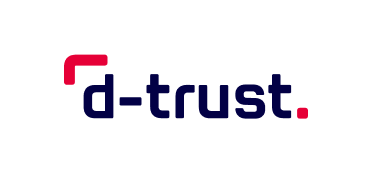
The telematic infrastructure digitally connects all relevant parties within the healthcare sector. Visit the D-Trust website, a subsidiary of Bundesdruckerei, to find out who is authorised to use TI applications.
Frequently Asked Questions about TI applications
Digitalisation is changing many processes in the healthcare sector. Naturally, this raises questions. Here we answer some of the most common ones.
To use the telematic infrastructure (TI), access requires smartcards, among other things. Authorised personnel identify themselves to the TI using an electronic health professional card (eHBA) or professional card (eBA). Healthcare institutions and their employees without an eHBA/eBA require an SMC-B (practice or institution card) or its digital variant HSM-B. These smartcards or digital identities must be applied for and activated before use. In addition, hardware or software-as-a-service components are required, which you can obtain from IT service providers.
Your access – whether via eHBA, eBA, SMC-B or HSM-B – determines which applications of the telematic infrastructure you are permitted to use. The principle of necessity applies: You may only access as much information as is necessary to provide care to patients. For example, access rights differ between doctors, pharmacies, and physiotherapy practices.
The telematic infrastructure in healthcare is designed for maximum security. It is a closed network, accessible only to authorised users via VPN (virtual private network). Communication between all participants in the TI is encrypted using cryptographic methods. To ensure the highest security standards at all times, this method is regularly adapted to meet the latest technological standards.










